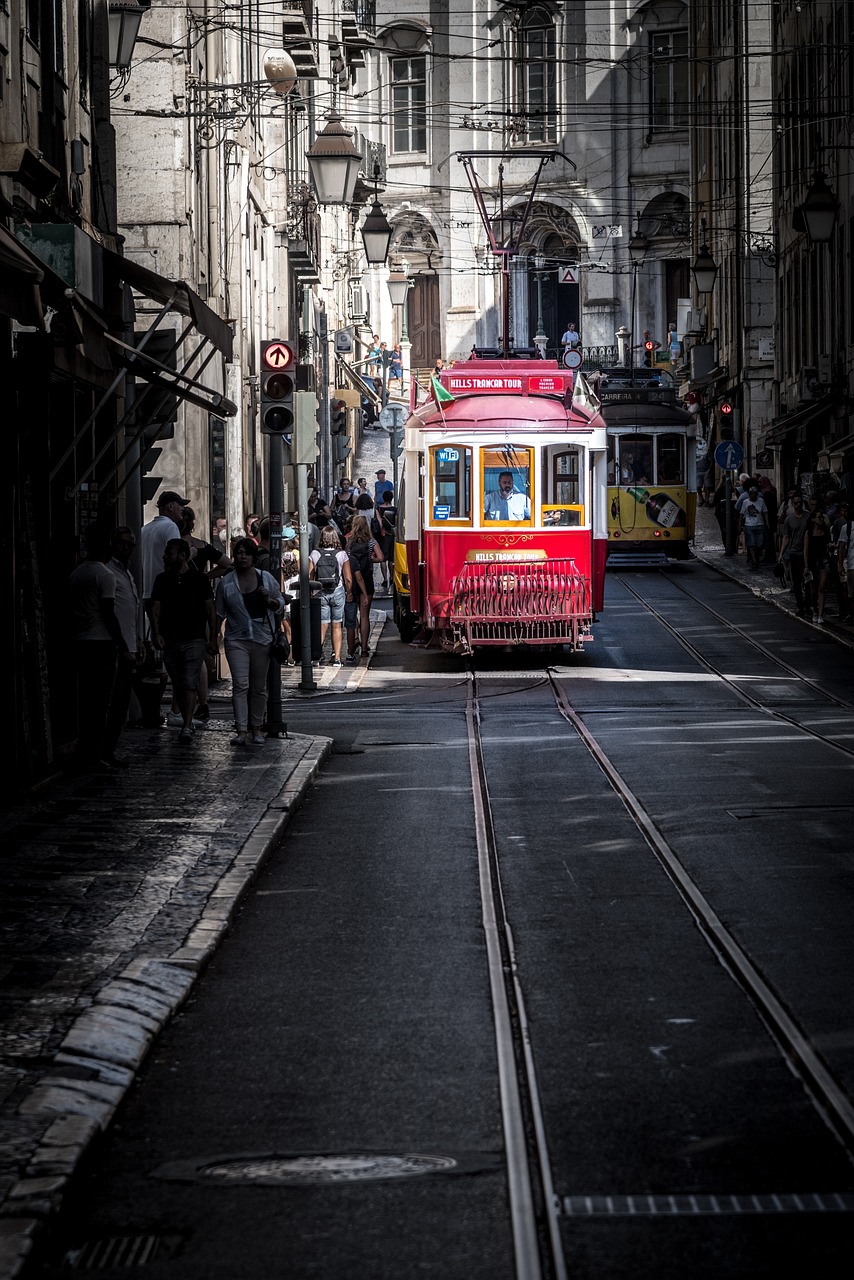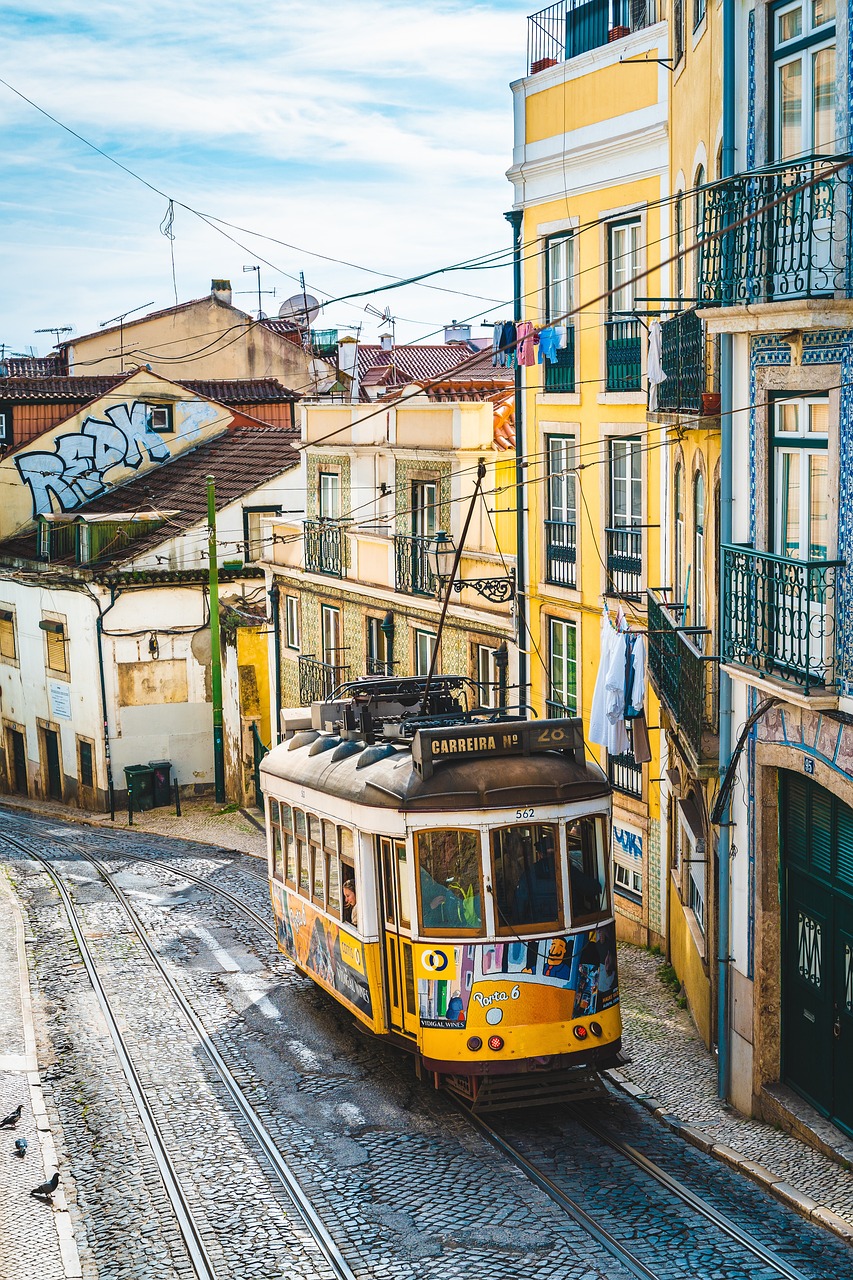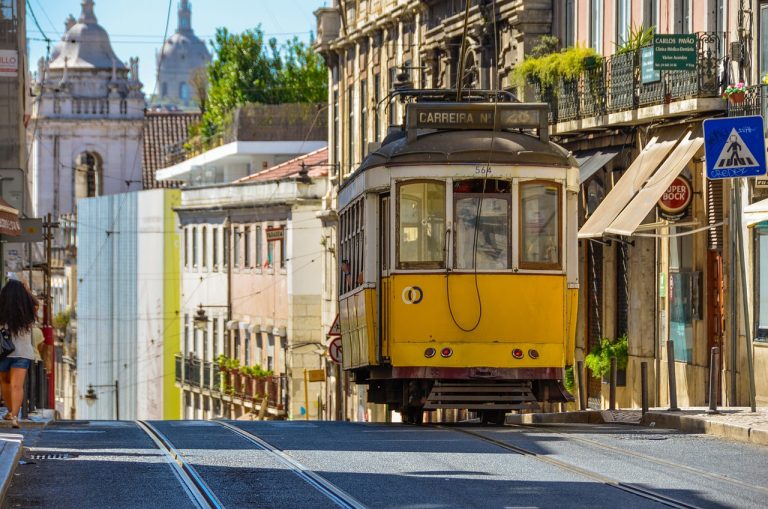Lisbon Portugal Video
Public Transportation in Lisbon Portugal: A Complete Guide
Lisbon, the capital city of Portugal, is known for its rich history, stunning architecture, and vibrant culture. Exploring this beautiful city is made easy with its efficient public transportation system. From trams to buses and metro lines, Lisbon offers a variety of options for getting around. In this complete guide, we will walk you through everything you need to know about public transportation in Lisbon so you can navigate the city with ease.
Trams
Trams are an iconic mode of transportation in Lisbon and provide a unique way to explore the city. The historic trams, known as “elétricos,” are not only a means of transportation but also a tourist attraction in themselves. Here are some key points about trams in Lisbon:
- Tram 28: Tram 28 is one of the most popular tram routes in Lisbon, taking you through the city’s historic neighborhoods, including Alfama, Graça, and Baixa. It offers a scenic journey with stunning views of the city.
- Fares: Trams in Lisbon are part of the regular public transportation system, and the fares are the same as for buses and the metro. You can use the Viva Viagem card or purchase a single ticket on board.
- Ticket Validation: Make sure to validate your ticket once you board the tram. Validation machines are located inside the tram, and failure to validate may result in a fine.
- Peak Hours: Trams can get crowded, especially during peak hours. If you prefer a more relaxed experience, consider taking the tram outside of rush hours.

Buses
Buses are another convenient way to get around Lisbon, offering an extensive network that covers the entire city and surrounding areas. Here are some important things to know about buses in Lisbon:
- Routes: Lisbon’s bus network is extensive, with routes reaching even the most remote areas of the city. You can find bus stops throughout the city, marked with a red sign.
- Fares: The fares for buses are the same as for trams and the metro. You can use the Viva Viagem card or purchase a single ticket on board.
- Bus Schedule: Buses in Lisbon generally operate from 6:30 am to 11:30 pm. However, some lines offer night services, ensuring you can get around even during late hours.
- Accessibility: Most buses in Lisbon are equipped with ramps and designated spaces for wheelchair users. They also have audio and visual announcements for the convenience of passengers.
Metro
Lisbon’s metro system is a fast and efficient way to travel around the city, connecting various neighborhoods and important landmarks. Here’s what you need to know about the metro in Lisbon:
- Lines: Lisbon’s metro system consists of four lines: Blue Line (Linha Azul), Yellow Line (Linha Amarela), Green Line (Linha Verde), and Red Line (Linha Vermelha). Each line serves different parts of the city, making it easy to navigate.
- Fares: The metro fares are based on zones, and the price varies according to the number of zones you travel through. You can use the Viva Viagem card or purchase a single ticket at the ticket machines.
- Ticket Validation: Remember to validate your ticket at the entrance gates before boarding the metro. Failure to do so may result in a fine.
- Operating Hours: The metro operates from 6:30 am to 1:00 am, making it a reliable option for both daytime and nighttime travel.

Train
In addition to trams, buses, and the metro, trains also play a crucial role in Lisbon’s public transportation system. While the train network mainly serves the outskirts of the city, it provides convenient connections to nearby towns and attractions. Here’s what you should know about trains in Lisbon:
- Suburban Trains: Lisbon’s suburban train service, known as “Comboios Urbanos,” connects the city center with surrounding areas, including Cascais, Sintra, and Setúbal. These trains are an excellent option for day trips from Lisbon.
- Fares: The fares for suburban trains are separate from the regular public transportation system. You can purchase tickets at the train stations or use the Viva Viagem card for some routes.
- Intercity Trains: Lisbon’s main train station, Santa Apolónia, offers connections to various cities in Portugal, including Porto and Faro. Intercity trains provide a comfortable and scenic way to explore the country.
- Timetables: Train timetables can vary, so it’s advisable to check the schedules in advance, especially for intercity trains.
Ferries
Lisbon’s location along the Tagus River provides an opportunity to travel by ferry to different parts of the city and beyond. Ferries offer a unique perspective of Lisbon’s waterfront and connect with neighboring towns and attractions. Here are some key points about ferries in Lisbon:
- Belém Ferry: The Belém Ferry is a popular option for crossing the Tagus River and reaching the historic district of Belém. It offers beautiful views of the city’s skyline and landmarks.
- Cacilhas Ferry: The Cacilhas Ferry connects Lisbon with the town of Cacilhas on the opposite side of the river. It is a great choice for enjoying seafood restaurants and exploring the picturesque streets of Cacilhas.
- Ticket Validation: Make sure to validate your ferry ticket before boarding. Validation machines are usually located near the ticket offices or at the entrance to the ferry docks.
- Ferry Schedules: Ferry schedules may vary depending on the season and the day of the week. It’s recommended to check the timetables in advance.

Taxis and Rideshares
Taxis and rideshares are readily available in Lisbon and offer a convenient way to get around, especially when traveling with luggage or in groups. Here’s what you need to know about taxis and rideshares in Lisbon:
- Taxis: Taxis in Lisbon are easily recognizable by their distinctive black and green colors. They operate on a metered system, and additional charges may apply for luggage or traveling outside the city limits.
- Rideshares: Rideshare services like Uber and Bolt are also available in Lisbon. They offer competitive fares and the convenience of booking through mobile apps.
- Accessibility: Some taxis and rideshares in Lisbon are equipped to accommodate passengers with mobility needs. It’s advisable to request an accessible vehicle in advance.
- Availability: Taxis can be hailed on the street, found at designated taxi stands, or booked through the respective mobile apps. Rideshares can only be booked through their dedicated apps.
Conclusion
With its extensive network of trams, buses, metro lines, trains, ferries, and taxi services, Lisbon offers a comprehensive and efficient public transportation system. Whether you’re exploring the historic neighborhoods, visiting nearby attractions, or simply enjoying the scenic views, getting around the city is convenient and accessible. By familiarizing yourself with the various modes of transportation and their respective features, you can make the most of your time in Lisbon and experience all that this beautiful city has to offer.
References
– Lisbon Public Transportation: www.metrolisboa.pt/en/
– Carris – Buses and Trams: www.carris.pt/en/home/
– CP – Comboios de Portugal: www.cp.pt/passageiros/en
– Transtejo & Soflusa – Ferries: www.transtejo.pt/en/home
– Uber: www.uber.com
– Bolt: bolt.eu







